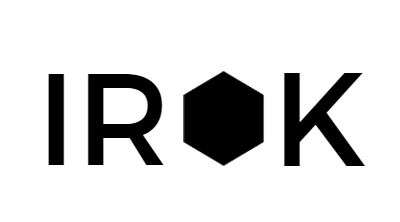I was asked recently how I maintain a balance between mindfulness and productivity. I.e. how my new meditating psychedelics-taking spiritual self can coincide with my still very present type-A achievement-focused self. It’s a question that has come up in different shades in the past few months, and when I can’t immediately answer without thoughtful layer peeling it’s time for a blog post so here it is.
I write here to answer questions for myself, but I’m also motivated by the idea that it might help others in their journey. I lived in SF and worked in tech long enough to know many similar overachiever INTJ types grinding towards superfluous expectations set by themselves and others, but who also have the idealist millennial wide-eyes that view life as a vehicle for meaning. Many still stuck in the anxiety-ridden restlessness of seeking middle ground between the two. And since I was one, and still am on some days, maybe what I have to say here will resonate.
One shade of the question was ‘how has my philosophy on work changed?’ The simple response is I’m now driven internally more than externally.
My philosophy on work was changed when I started asking myself what I want—defining what success meant for me vs. letting society, books, podcasts, idols tell me. Rooted in the simple beautiful obvious cliche that life is short and I want to feel good in it. When asked “What makes a happy life?” Jordan Peterson answered, “First, deciding what that is.”
I found that to do so meant finding the balance between 1. where I want to go and 2. what I’m willing to sacrifice to get there.
Define the North Star, and accept the path. If you’re not on board with both, your dreams will stay dreams. If you fantasize about being the richest person in the world, yet recoil from the long, painful road it takes to get there, you won’t get there. And when 10 years go by, all spent painfully longing for that fantasy but not getting any closer to it, that’s a wasted 10 years.
Before, I was focused almost solely on the North Star. Now, what I want is as present- as it is future-based. The energy and joy I’ve gotten from that change have flowed to everything else—attitude and mental state to health to relationships to creativity to output to impact. The (now amusingly obvious) irony I’ve discovered is that choosing a path that makes your heart sing will push you forward far more than grinding in a career you hate will.
A few questions that helped me start defining both my North Star and the path: What does a day in your life look like in 5 years, down to the hour? 10 years? What gives you energy? What drains it? Whose lives do you admire, whose lives do you envy? What did you want to be when you were little, what did that child choose to do when you woke up on a summer day with zero obligation or expectation waiting, with complete freedom to flow and be in whatever way made you want to skip while doing it. Maybe that was building treehouses in your backyard, or directing the neighborhood boys to do it so your queen of the woods orders could be heard from above. Maybe it was starting a lemonade stand and coercing cars on the way to work to pay $2 for a paper cup of crystal light. Maybe it was imagining endless games with just chalk and a ball, or spending hours with paints playing with colors and shapes. Whatever it was, it’s probably not what you’re doing now or want to do now but it’ll tell you a lot about what you’re good at and what you like. Leading or following, creating or doing, observing or interacting, discipline or play, risk or security, defiance or obedience. You’d be surprised how far back the roots of who you are go, and what that little child did before the hands of society started to mold her might tell you more than what your current, sufficiently molded self will.
I found some common nuggets as I asked myself these. I like creating, can get lost in thoughtful design and aesthetic. I like leading and helping people become better versions of themselves. I like building from scratch and quickly. I like processes—the scaffolding that supports executing. I need autonomy and freedom, will meet the opposite with defiant claustrophobia. I like questioning and breaking rules, and seeking truth to form new ones. I like distilling and solving complex problems. I like novelty and risk. And mostly, I like authentic, deep human connection.
Defining what I want in life was an important step, but it was 1 of 2 in getting to the happy + productive balance this post is supposed to be answering. On a map, if you don’t know where you are, knowing where you’re going is useless. Reflection is a regular practice of mine, monthly and yearly. I write down where I am, how it compares to the one before, and my intentions for the next. It both holds me accountable and helps recalibrate me back to the path and North Star.
Your work is your life—about 1/3 of your life actually. When I started viewing it that way, rather than this vehicle that’d get me to the utopia place in the future where my life could start flowing, I began nurturing it more. And doing so has helped me grow in unexpected ways.
From that twisting exploration to the question—how do I find balance between feeling good today and reaching all my goals tomorrow, I’d say this: being more honest with myself about what I want, and then intentional about living it.
